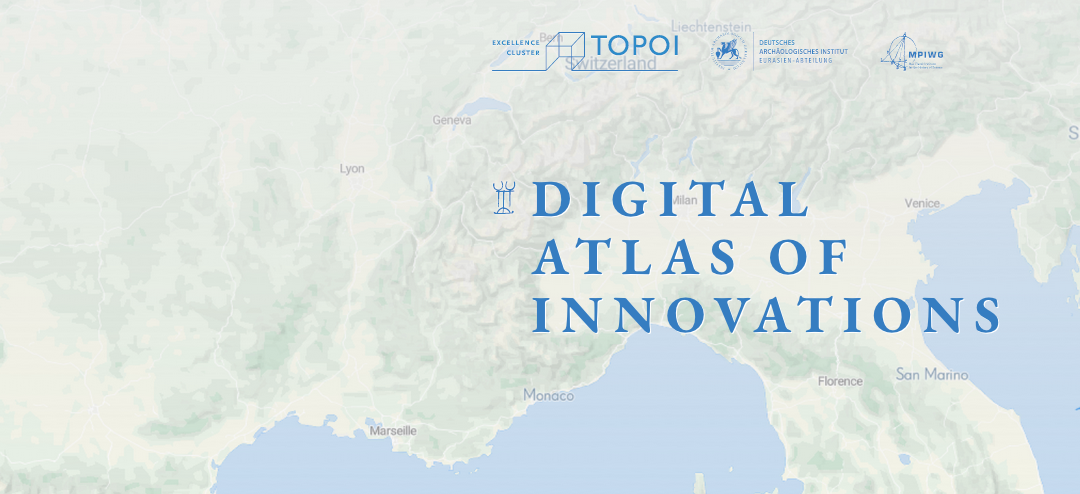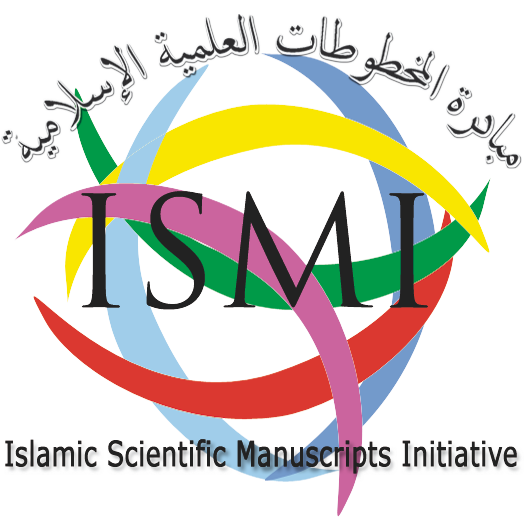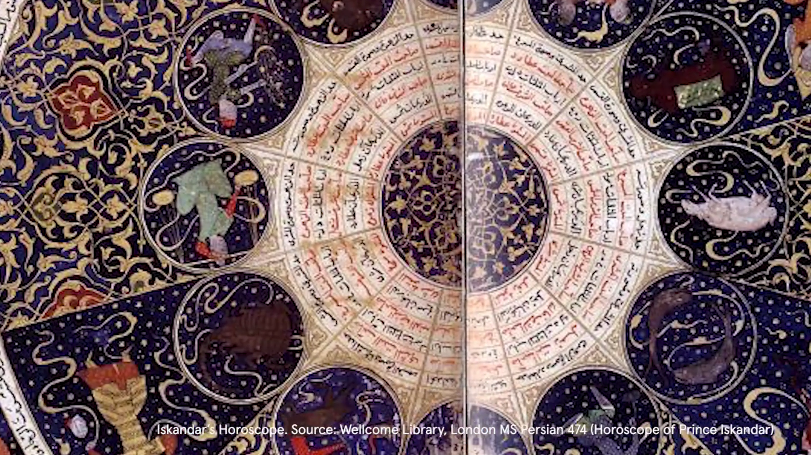The Research IT Group at the Max Planck Institute for the History of Science aims to provide an optimal infrastructure for operating digital resources, tools, and publication channels. The specific task is to develop instruments adapted to exploit the promising potential of the digital world both for research and for academic publishing.
Recent & Current Projects
-
 Asia Network
Asia NetworkRISE Project—Research Infrastructure for the Study of Eurasia—is a digital research infrastructure developed by the Max Planck Institute for the History of Science. It is a pioneering approach for resource dissemination and emerging data analytics in the humanities. Its various technical components facilitate the secure linkage between third-party research tools to various third-party textual collections (both licensed and open-access ones) via a standard set of APIs called SHINE.
GO DIRECTLY TO PORTAL
-
 Brown Bag Lunches
Brown Bag LunchesThe aim of this series of meetings is to bring together in-house researchers in an informal conversation about how to take advantage of digital tools in your research workflows. Many of our research materials have been digitized as images or texts, and there are various digital tools that can help us organize, process, visualize data. How to select and use tools effectively for one’s research workflow has become a challenge for all of us. In these brown bag meetings researchers can discuss tools, share experiences (good and bad experiences are both valuable!), and learn from each other. Our IT researchers moderate the conversation and offer advice and assistance.
-
 Digital Atlas of Innovations
Digital Atlas of InnovationsThe Digital Atlas of Innovations presents the many great as well as small technical and social innovations in the early history of humankind in dynamic maps. Where was the oldest evidence for the wheel and the wagon found? How did these and other major technologies occur and become widespread throughout Europe and Asia—Eurasia—during the following one thousand years?
-
 Edition Open Access
Edition Open AccessThe Edition Open Access website provides open access to the publications of the Max Planck Research Library for the History and Development of Knowledge, in accordance with the Berlin Declaration on Open Access to knowledge in the sciences and humanities, which was launched by the Max Planck Society in 2003. The aim is to disseminate peer-reviewed results of scholarly work to a broad audience rapidly and at low cost. The volumes presented are directed at scholars and students in a wide range of disciplines and are available online, as print-on-demand books and open-access publications.
-
 ISMI
ISMIThe mission of the Islamic Scientific Manuscripts Initiative (ISMI) is to make accessible information on all Islamic manuscripts in the exact sciences (astronomy, mathematics, optics, mathematical geography, music, mechanics, and related disciplines), whether in Arabic, Persian, Turkish, or other languages.
-
Jupyter Notebooks
-
 Local Gazetteers Research Tools
Local Gazetteers Research ToolsSince 2013, we have been conducting research on Chinese local gazetteers by transforming printed materials into a scholarly, enhanced database for new forms of digital historical analysis. Local gazetteers are well studied, but scholars often struggle to encompass in their analyses the vast amount of information contained within local gazetteers. The Max Planck Institute for the History of Science thus embraces digital humanities’ potential to realize this genre’s full utility for addressing large-scale key questions in Chinese history. Central to this effort is the development of a suite of digital tools—the Local Gazetteers Research Tools (LoGaRT). LoGaRT’s beta-release prototype currently links to 4,000 titles of proprietary, processed local gazetteers via the Staatsbibliothek zu Berlin and provides features, such as full-text search and geovisualization, which analyze across the entire collection of digital gazetteers. These new features enable scholars to ask new research questions at a scale that were difficult to address previously.
-
 Reading Early Medicine
Reading Early MedicineReading Early Medicine is designed to help students, teachers, and researchers access and interpret early writings on health and healing, aiming to introduce students and researchers to the richness that is early medicine (ca. 1480-1700). We’ve built a robust bibliographic database of all works on health and healing published in English from the dawn of print until 1700—over 2500 titles—and developed tools to help students and teachers understand those texts.
VIEW BETA VERSION
-
 Sphaera
SphaeraThe Sphaera project investigates the knowledge tradition that is interwoven with the history of one book: De sphaera of Johannes de Sacrobosco. This corpus consists of 320 books printed between 1472 and 1650, which contain the text of or are closely related to John of Sacrobosco’s treatise De sphaera mundi.
The database models data according to the formal ontology CIDOC-CRM and the FRBRoo extension for bibliographic records. This ensures that our data is compatible to other sources and remains usable in the foreseeable future. We use and extend the Erlangen OWL implementation of CIDOC-CRM and FRBRoo. For person and place records we include links to WikiData, making our dataset part of the growing web of Linked Data.
DATABASE
VISUALIZATION
(user: sphaera, password: visionOnVision)
-
 Visualization and Material Cultures of the Heavens
Visualization and Material Cultures of the HeavensThis image database (internal access) invites research on multiple forms and formats of visualizing the heavens, from deities to demons and from stars to weather phenomena. It is designed to facilitate comparative research on processes of knowledge formation and exchange on the heavens in Eurasia and North Africa. The collection includes calendars, star constellations, planets, and other heavenly inhabitants or phenomena in anthropomorphic, zoomorphic, diagrammatic, or semiotic formats, as well as theoretical models and a broad range of tables. One focus is the emergence, transformation, dissemination, and reinterpretation of the zodiac and its contexts in the form of texts, maps, and imagery on various artifacts. We invite research on the materiality of the heavens in different cultures, and on the alleged contexts from which these historical artifacts were created—their “Sitz im Leben.”

